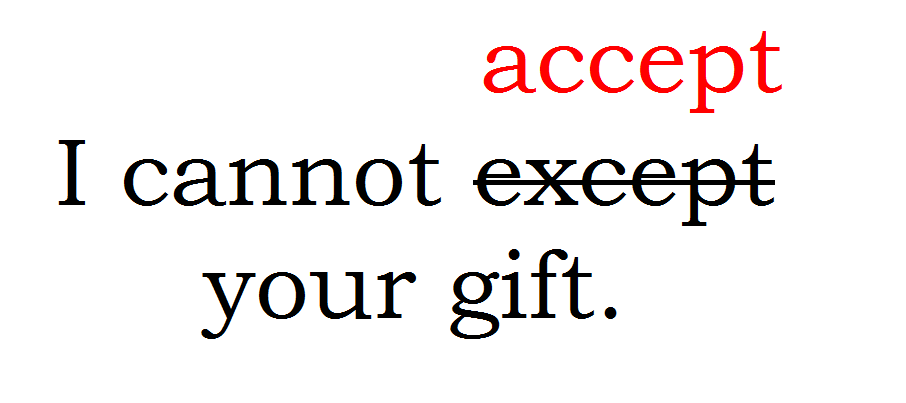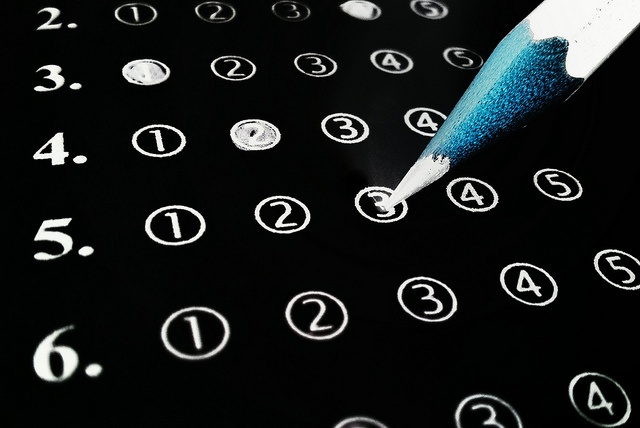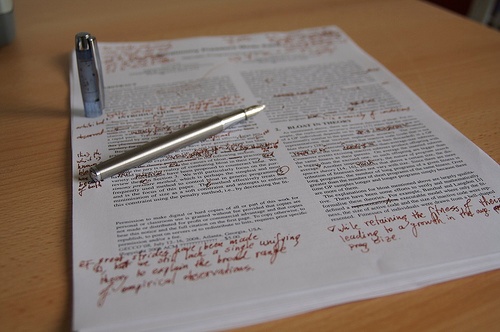Note: The current version of the SAT no longer includes this type of question. For up-to-date SAT writing tips, check out our top guide here.
Identifying Sentence Errors (ISE) questions, which ask you to pick the error in a sentence out of four underlined sections, seem like they should be the easiest part of the SAT Writing section. After all, you only have to find the error, you don't have to fix it. The test writers, however, are extremely adept at camouflaging the mistake in each sentence—if you don't know what to look for, you can easily find yourself assuming there's no error in as many as half of the sentences.
As such, it's vital that you take a systematic approach to the Identifying Sentence Errors questions. If you count on spotting the error by simply glancing over the sentence or by looking for sections that "sound" weird, you'll miss a lot of questions.
In this post, I'm going to detail the most effective approach to these questions and the common errors you need to look for:
























